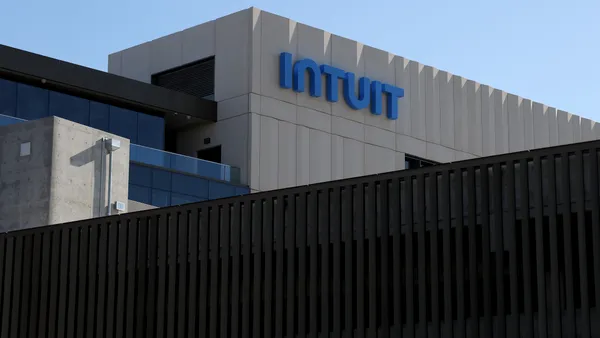Dealmakers are growing more optimistic even as they are jettisoning financing and transaction price assumptions that no longer apply in the high-rate environment that has weighed on M&A activity, according to a recent survey from Grant Thornton.
Nearly all (99%) of the 150 U.S.-based M&A professionals surveyed by the accounting and advisory firm expect deal volume to increase through the second half of the year after dropping 37% in 2023’s first half.
The upbeat expectations stem from a growing sense among M&A players that markets are stabilizing amid modest improvements in economic conditions, as well as a perceived plateauing of both interest rates and inflation, according to the survey.
But this newfound confidence does not mean everything is back to how things were. For one, even if interest rates aren’t climbing as fast as they were before, they remain higher than they’ve been in years. That means dealmakers today are finding alternatives to bank loans which have traditionally been a major source of M&A financing.
The report found that more than half (66%) of respondents indicated they were pursuing such alternatives to power transactions, particularly private funds that invest in minority equity stakes. Underscoring the turn away from bank loans, the report also found nearly half (45%) of the respondents said they are increasing the equity component in financing to avoid high interest lending for their acquisitions.
Further, while deals are growing in absolute numbers, changing economic conditions mean they’re now much smaller. “There are a lot less deals in that billion dollar plus range. [Now they’re] ranging from $10 million to $500 million instead of a billion plus,” Eric Burgess, a Grant Thornton partner in transaction services and one of the authors of the report, said in an emailed response to questions.
This partially stems from valuations being down due to the changing economy, which has raised the bar for what constitutes a good deal. Then too, private equity funds have been seeking to mitigate these low valuations through the addition of portfolio add-ons in deals. By buying a company cheap, and then bundling it with other companies already in the fund’s portfolio, these organizations hope to drive higher valuations in the future, even if it means hanging onto the asset for longer than usual, the survey found.
So, said Burgess, not only are people turning to different institutions, these institutions are offering different kinds of deals than they were before. However, he said, while full equity checks are being written for the first time in over a decade, buyers aren’t looking to make this a long- term shift in strategy. Instead, he said in an email, they’re likely planning to refinance once the credit environment becomes more favorable.
Looking ahead more broadly, the report predicts the growth in M&A activity is likely to be concentrated in three general areas. They include technology, media, entertainment and communications, which have been experiencing stagnation rooted in a decline in ad revenue; banking; and healthcare, which has a strong customer base as well as potential for technological transformation attractive to PE buyers.












